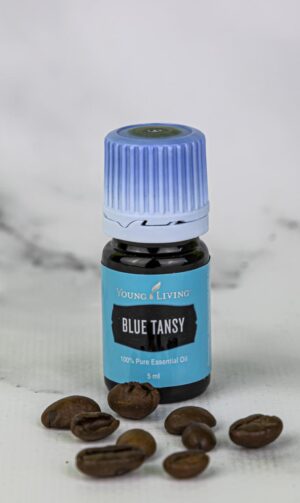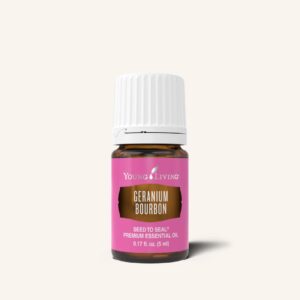Ocotea. Ocotea quixos
Botanical family: Laurel
Country of origin: Ecuador, Central and South America
Active ingredients:
Alpha Humulene (22-17%)
Beta-Caryophyllene (6-33%)
Cinnamyl Acetate (< 24.4)
Methyl Cinnamate (2-26%)
Trans-Cinnamaldehyde (< 7.9)
Production method: steam distillation from leaves
Ocotea essential oil is distilled from the leaves of trees growing in the Amazonian desert on the slopes of the western Andes. In Ecuador, the locals call this tree false cinnamon. The trees grow tall and massive, the trunk is more than 120 cm in diameter, up to 20 meters high.
Ocotea essential oil is obtained from the foliage of the tree of the same name, which grows in Ecuador. Cinnamon family, but unlike cinnamon has a very small amount of synomaldehyde (less than 5%), unlike cinnamon (50%). It is this component that irritates the skin and can cause poisoning if used frequently and in large quantities. Ocotea oil is safe, but it can still irritate the skin. is hot oil.
Okotei trees are divided into male and female. Only from the leaves of the female species is an essential oil of therapeutic properties obtained.
Of all plants, okotea essential oil contains the highest level of alpha humulene. Humulene is a natural sesquiterpene obtained from the essential oil of hops. Alpha humulene has the ability to neutralize the body’s response to irritation and inflammation. This component blocks at least two inflammatory cytokines.
Cytokines are small proteins that help the exchange of information between cells. They include interferon, known for its properties to detect inflammation. Interferon is produced by any cells of the body, as a protective agent, in the very first hours of the introduction into the cell of any genetically alien agents (antigens), foreign proteins and nucleic acids. Cells synthesize interferon especially intensively when such antigens are viruses.
Acts as: analgesic, anti-inflammatory, antibacterial, antifungal, disinfectant, antiparasitic, astringent (for diarrhea).
Recommended for: hypertension (reduces), high blood pressure, diabetes mellitus, diabetes, hypoglycemia, inflammation (internal and external), indigestion, stress, irritation.
Emotional impact: Okotea essential oil affects blood sugar levels, blood pressure, etc. with the normalization of sugar levels and pressure, emotions return to normal. Okotea contains the chemical component D-Humulene, which is responsible for suppressing feelings of arousal, irritation and anger.
Influence on the mind: This warm and spicy fragrance brings relaxation. Belongs to the group of cinnamon trees, has an aroma that enhances the feeling of satiety.
Application and dosage:
dilute 1:2 with vegetable oil or V-6 oil
can be used in pure form
rub 1-2 drops of Ocotea along with 1-2 drops of Copaiba oil into the muscles to relieve pain, tension and inflammation.
the oil is considered safe (GRAS) for internal use by the FDA
apply 1-3 drops to the sore spot (before doing a test for skin sensitivity)
take 1-4 drops of Ocotea under the tongue, every 24 hours
can significantly stabilize blood sugar levels
for oral administration, place in a capsule, 2 times a day, if necessary
apply to Vita Flex points
in the Raindrop Technique massage – layer-by-layer application of oils
inhale from the palms or from a bottle –
5-8 drops in a diffuser for 30 minutes 3 times a day, or as needed
in the bath 5-6 drops per emulsifier
enrichment of cosmetics: 2 drops per 10 ml base
For pets: Yes, you can.
Precautionary measures:
use only therapeutic grade oils
dilute 1:2 with vegetable oil or V-6 oil
the oil is considered safe (GRAS) for internal use by the FDA
children under 6 years of age should not use the oil as a dietary supplement
when applied to the skin in its pure form, there may be a burning sensation for 1-3 minutes, the reaction is natural, because hot oil
repeated use may lead to sensitization
Keep out of the reach of children
shelf life of sealed packaging is not limited
Essential oils are not medicinal products. Specialist consultation required





Reviews
There are no reviews yet.